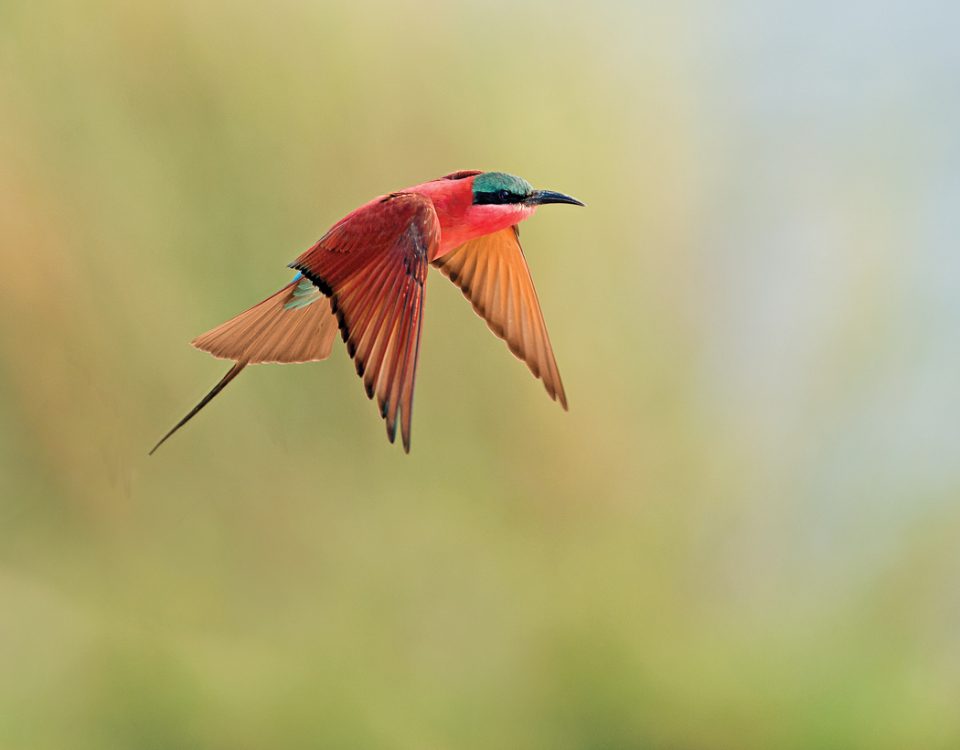The four Owambo regions
July 17, 2012Campsite Journal: Epupa – an exotic oasis in the wilderness
July 17, 2012Marabou stork, Leptoptilos crumeniferus
Roberts’ No 89
By Pompie Burger
Unpleasant both in looks and habits, I would say.
Indeed, one can state categorically that the Marabou stork is seriously ugly, and that is putting it mildly.
The saying goes that one should never judge a bird by its feathers, but I think we can make an exception here, when you take into account that these birds have no feathers on either their heads or their necks.
Fortunately (or perhaps unfortunately) each of the marabou’s “revolting” features has a very distinct function (unlike in some humans):
- The huge bill (this is not going to be a quote from Little Red Riding Hood) is a highly specialised feeding tool.
- The scrotum-like poach hanging from its neck is used during a dominance display and also as a cooling system.
- The marabou’s head and neck are bald to prevent the clogging of blood and guts (on the feathers, should it have any) when feeding inside a carcass.
- The long legs enable it to feed in a variety of habitats, such as swampy water and long grass (and to stand in them). The white-washed legs are the result of urohydrosis, or in layman’s terms, defecation on the legs to keep them cool.
The Marabou is a scavenger par excellence, whether at dumpsites, at abattoir dumpsites (as at Mariental) or at a carcass in the company of vultures in the veld. Marabous are usually gregarious, but are sometimes seen alone, foraging in grassveld or freshly ploughed fields.
Interestingly enough, despite their ferocious appearance, they are relatively docile and even give way to smaller vultures at a carcass, waiting patiently for the other scavengers to finish.
Nesting takes place during May to September, and although I’ve never seen a marabou chick, I can well imagine how terrible it must look. Post-nestling dependence continues for more than four months.
Marabous can soar high in the sky for many hours, and often do so in groups of up to twenty or more. They are relatively common in Namibia, except in the western and southern parts of the country.
About the author:
Based in Windhoek, Pompie Burger is an orthopaedic surgeon whose part-time passion is photography, in particular wildlife, and specifically birds. This regularly takes him to the most remote corners of the country, resulting in riveting images and articles.
Pompie is the author and photographer of the coffee table book Birds of Namibia, which was published in 2008. The book contains articles and photographs which attest to the insight and knowledge of an accomplished observer.
Read more of his articles in our Birding Section.
This article appeared in the April ‘04 edition of Travel News Namibia.


